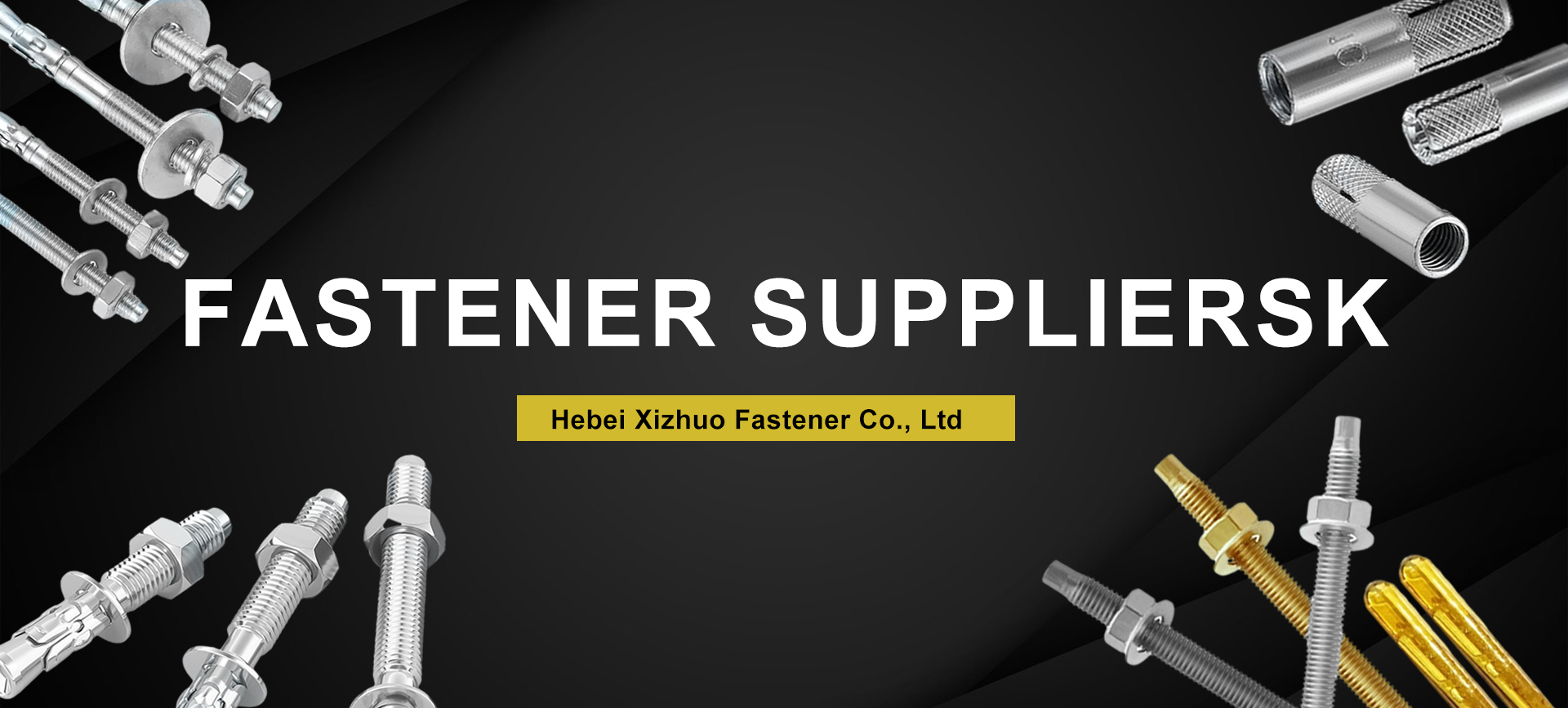Double-ended threaded stud featuring wrench flats for enhanced grip and stability in applications
Understanding Double End Threaded Studs with Wrench Flats
Double end threaded studs are versatile fasteners that play a crucial role in various engineering and construction applications. These components feature threaded ends on both sides, enabling easy attachment to multiple elements within a structural assembly. One of the significant enhancements for these studs is the inclusion of wrench flats, which facilitate easier installation and removal.
What are Double End Threaded Studs?
A double end threaded stud is a type of fastener characterized by two externally threaded ends, which can be secured into different components. The center portion is typically unthreaded, allowing for alignment and support between the items being fastened. These studs can be made from various materials, including stainless steel, carbon steel, and alloys, providing strength and durability suitable for different environments.
The main application areas for double end threaded studs include
1. Mechanical Engineering Used in machinery and equipment assembly. 2. Construction Applied in structural steel connections and framework assembly. 3. Automotive Utilized in engine, chassis, and body assembly to join different components securely.
The Functionality of Wrench Flats
Wrench flats are a set of flat surfaces that are machined into the stud near the ends. These flats allow for the application of torque using a wrench or other tools, providing a better grip and preventing damage to the threads during installation or removal. The presence of wrench flats is particularly beneficial for the following reasons
1. Ease of Installation Wrench flats provide a larger surface area for tools to grip, allowing for easier tightening without slipping. This is especially important in tight spaces where access may be limited.
2. Preventing Thread Damage When a fastener is being tightened, applying force directly to the threads can lead to stripping or deformation. Wrench flats mitigate this risk by allowing force to be applied uniformly across the face of the stud.
double end threaded stud with wrench flats

3. Improved Torque Application The design of wrench flats allows for better control over the amount of torque applied during tightening or loosening. This control is essential to achieving the correct clamping force without overshooting, which can lead to component failure.
4. Versatility Wrench flats make it possible for double end threaded studs to be used in a wider range of applications, particularly where standard hex head bolts may not fit or be practical.
Installation Techniques
When installing double end threaded studs with wrench flats, several best practices can enhance performance and reliability
- Preparation Ensure that the surfaces to which the stud will be attached are clean and free from debris. This reduces the risk of contamination affecting the clamp load. - Use of Appropriate Tools Utilize the correct size wrench to fit the flats snugly. Avoid using tools that can slip, as this may damage the flats or lead to ineffective tightening.
- Proper Torque Follow the manufacturer’s specifications for the amount of torque to apply, and consider using a torque wrench for precision. This practice ensures consistent results across different installations.
- Check Alignment Ensure that the stud is properly aligned with the components being fastened before full tightening. Misalignment can lead to uneven stress and premature failure.
Conclusion
Double end threaded studs with wrench flats are essential components in various applications, offering efficiency, ease of use, and protection against damage. Their design enhances the fastening process, making them a preferred choice for engineers and builders alike. As industries continue to evolve and standards for precision and reliability increase, the importance of such fasteners will only grow, affirming their place in modern construction and mechanical assemblies. Understanding these components is key to leveraging their benefits effectively in any project.
-
Weatherproof Plastic Expansion Anchors for OutdoorNewsJun.06,2025
-
Sustainability in the Supply Chain: Eco-Friendly TEK Screws ProductionNewsJun.06,2025
-
Load-Bearing Capacity of External Insulation FixingsNewsJun.06,2025
-
Double Head Bolts: Enhancing Efficiency in Industrial MachineryNewsJun.06,2025
-
Corrosion Resistance in Chipboard Screws: Coatings for Wholesale DurabilityNewsJun.06,2025
-
Butterfly Toggle Bolts : Enhancing Structural ResilienceNewsJun.06,2025
